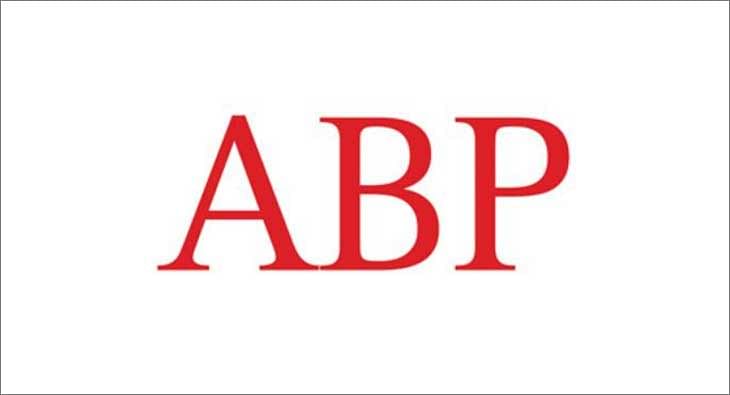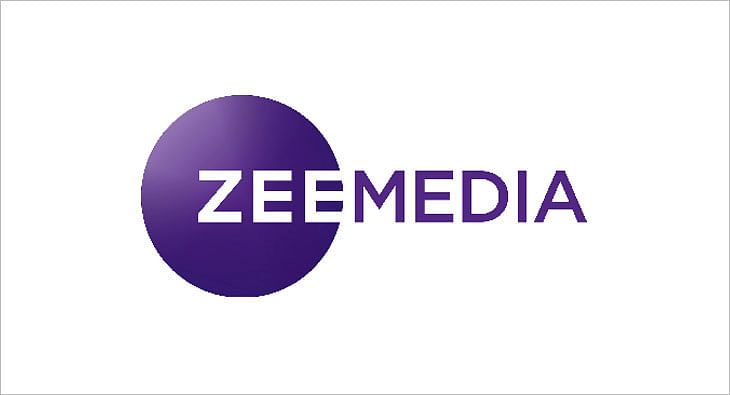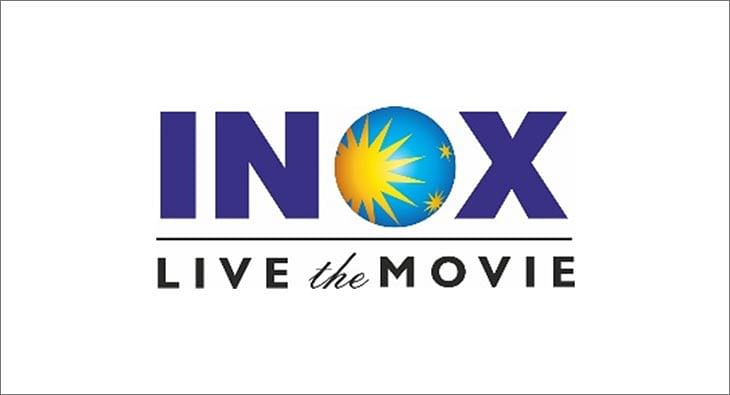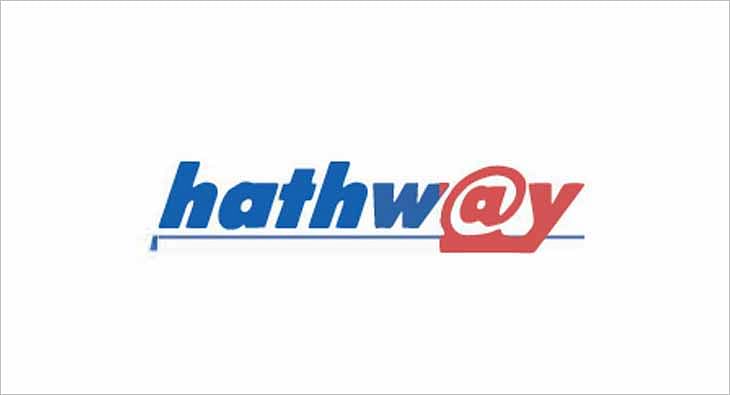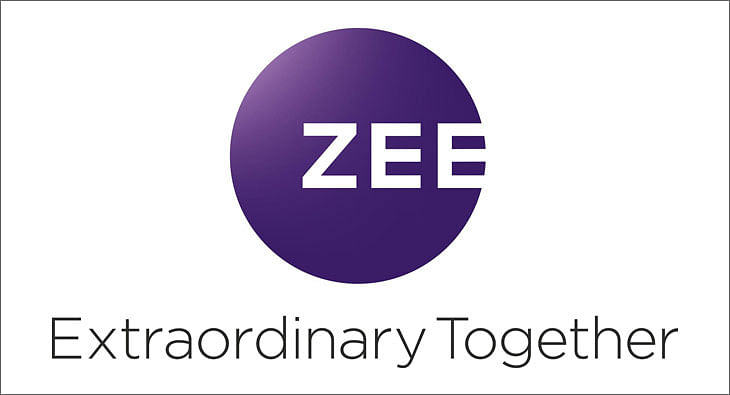Indian democracy owes a great deal to freedom of press: Govt paper on media laws
The Paper issued by Law Commission of India raises some select concerns, and poses a set of questions that will help foster a larger public debate amongst stakeholders

The Law Commission of India has recently issued a Consultation Paper on Media Laws that highlights several issues, including freedom of media, paid news, self-regulation, cross media ownership, and opinion polls, among others.
The Paper lays stress on freedom of press, stating “The freedom of the press serves the larger purpose of the right of the people to be informed of a broad spectrum of facts, views and opinions. It is the medium through which people gain access to new information and ideas, an essential component of a functioning democracy. Thus, the survival and flowering of Indian democracy owes a great deal to the freedom and vigour of our press.”
The Paper further states that while in India today, there is every reason to celebrate the news media, however, as society evolves, new challenges are constantly thrown up that require consideration. “Technology has expanded our horizons, but also brought with it new concerns. Recent events related to the news media, such as the proliferation and subsequent curbing of social media, the paid news phenomenon, fake sting operations, trial by media, breach of privacy, etc., pose a set of anxieties,” the Paper adds.
To this end, the Consultation Paper raises some select concerns, and poses a set of questions that will help foster a larger public debate amongst stakeholders and the citizenry to shape the approach which should be adopted in tackling these issues.
Methods of Regulation
While noting that there are distinct systems of regulation for broadcast media, print media and social media in India, The Consultation Paper states that media regulation in India is not unified, and has a multiplicity of regulatory bodies. Further there are issues surrounding the enforceability of decisions of such bodies.
Whether media accountability is better served by self-regulatory institutions which are diverse and widely viewed as lacking powers of enforcement or replaced by statutory regulations enforced by one or multiple regulators has been a vexed question in recent debates surrounding media reform. Even for social media, which currently does not have a dedicated regulator, the key question is whether to regulate and if so, which model of regulatory institution to adopt.
In this context, the following questions arise:
· Do the existing self-regulation mechanisms require strengthening? If so, how can they be strengthened?
· In the alternative should a statutory regulator be contemplated? If so, how can the independence of such regulator be guaranteed?
Specifically:
· How should members of such regulator be appointed?
· What should the eligibility conditions of such members be?
· What should their terms of service be?
· How should they be removed?
· What should their powers be?
· What consequences will ensue if their decisions are not complied with?
· Should any such change be uniform across all types of media or should regulators be medium-specific?
Paid News
Paid news, defined by the Press Council of India as “any news or analysis appearing in any media (print and electronic) for a price in cash or kind as consideration” is now a common occurrence that poses a serious threat to democratic processes and financial markets. Guidelines are present both in print and broadcast media that call for clear demarcation of advertisement and news content.
To curb paid news, the Election Commission has constituted District level Committees to scrutinise newspapers for such items. However, it has been admitted by the concerned bodies that enforcement mechanisms currently lack teeth and are insufficient to meet the challenge.
In this context, the following questions arise for consideration:
· Should paid news be included as an election offence under the Representation of the People Act, 1951? How should it be defined?
· What enforcement mechanisms should be put in place to monitor and restrict the proliferation of paid news?
Opinion Polls
Currently opinion polls are barred from being published in electronic media for 48 hours prior to an election in that polling area under Section 126(1) of the Representation of People Act, 1951. No other restriction exists. However, the Election Commission of India has strongly argued for further restriction on publication of opinion polls.
The Press Council of India in its “Guidelines on ‘Pre-Poll’ and ‘Exit-Polls’ Survey” has similarly mandated that opinion polls cannot be conducted 48 hours before the first phase of polling in a multi-phase election.
Any move to extend the time period for barring opinion polls has met with resistance from psephologists, who have defended the scientific merits of opinion polls and media houses who have underlined their free speech rights in broadcasting them. Further, questions of constitutionality of such restrictions remain open as there has been no authoritative pronouncement on this matter yet by the Supreme Court.
In this context, the following questions arise for consideration:
· Do opinion polls require any kind of regulation? If so, what kind?
· What are the reasons for seeking such regulation, if any?
· Will such regulation be constitutionally valid?
Cross Media Ownership
Monopolies in the field of media ownership have a severely negative impact on the quality of media freedom and plurality in the country, specifically with respect to news coverage. Issues related to ownership of media entities have been raised repeatedly in the last few years by both private observers and government bodies. The overarching concern is that media ownership does not receive sufficient public scrutiny and is under-regulated.
On the other hand, hastily imposed regulations in this space could infringe on the freedom of the media, and pave the way towards unwarranted state control. Any regulation on vertical integration, which connotes ownership of both broadcast and distribution, and on horizontal integration, that takes the shape of cross-media holdings, must balance these two competing considerations.
At this point of time, there are no cross media ownership restrictions across print, television and radio in the country. Some restrictions on vertical integration are in place in the shape of guidelines for obtaining Direct-to-Home platforms. Restrictions also exist on the number of licenses allowed to FM radio operators in a given area. Apart from these specific laws, the general competition law in India applies to the media sector.
Media ownership issues have been raised repeatedly by the Telecom Regulatory Authority of India, the Ministry of Information and Broadcasting and the Parliamentary Standing Committee on Information Technology, among others. The call has been for the introduction of regulations in this area, but no such steps have yet been taken.
In this context, the following questions arise for consideration:
· Is there a current need for restrictions on cross control/ownership across the media sector? If so, what shape should such restrictions take?
· Are mergers and acquisitions guidelines necessary for the sector to regulate concentration of media ownership? If so, what are the key factors such regulations must capture?
· Do mandatory disclosure norms need to be imposed on media entities?
· Should certain categories of entities be restricted from entering into broadcasting activities?
Read more news about (internet advertising India, internet advertising, advertising India, digital advertising India, media advertising India)
For more updates, be socially connected with us onInstagram, LinkedIn, Twitter, Facebook Youtube & Whatsapp
You May Also Like
HT Media posts Consolidated Total Revenue of Rs 580 crore in Q2
Chairperson and Editorial Director Shobhana Bhartia says due to lower commodity prices and control on costs there has been an improvement in operating profit
HT Media has posted a Consolidated Total Revenue for Q2, 2020 at Rs 580 crore.
As per a statement released by the company, EBITDA for Q2’20 increased by 139%, and margins at 14% vis-à-vis 6% in previous year. This has been driven by softening of newsprint prices and continued focus on cost.
The Net Cash position at a consolidated level continues to be strong.
The Print ad revenue has declined due to sluggish volumes, even as yields have improved. National advertising continues to be soft, although local advertising witnessed growth.
Savings in raw material costs have driven improvement in EBITDA margins.
Chairperson and Editorial Director Shobhana Bhartia said, “Slowing economic growth has hit advertising spends in key categories, putting pressure on revenues across the media industry. As a result, our Print and Radio (on like to like basis) businesses saw revenues dip as compared to a year-ago. However, thanks to lower commodity prices and a tight control on costs, we saw an improvement in our operating profit. On the digital front, Shine, our online recruitment portal has shown good progress and continues to grow. Our outlook for the coming quarter remains cautious, given overall economic sentiment and macroeconomic trends. Cost-control and falling commodity prices should help protect our margins.”
Read more news about (internet advertising India, internet advertising, advertising India, digital advertising India, media advertising India)
For more updates, be socially connected with us onInstagram, LinkedIn, Twitter, Facebook Youtube & Whatsapp
ABP Group posts Rs 15.70 crore as net profit in Q1 FY20
The group’s total operating income stands at Rs 365.55 crore
ABP Group has posted a net profit of Rs 15.70 crore in the first quarter of FY20, as per media reports.
The group’s total operating income stands at Rs 365.55 crore.
It’s net profit for the fiscal ended March 31, 2019, was down 68% to Rs 31.90 crore compared to the previous fiscal.
The Profit Before Interest Lease Depreciation and Tax (PBILDT) has also dropped 53.52% to Rs 107.12 crore.
The group has six news channels - ABP News (Hindi), ABP Ananda (Bengali) ABP Majha (Marathi) and ABP Asmita (Gujarati), ABP Sanjha (Punjabi) and ABP Ganga (Hindi).
Read more news about (internet advertising India, internet advertising, advertising India, digital advertising India, media advertising India)
For more updates, be socially connected with us onInstagram, LinkedIn, Twitter, Facebook Youtube & Whatsapp
Zee Media posts consolidated revenue of Rs 137.03 crore for Q2 FY20
ZMCL has recorded 4.4% growth in operating revenue for first half of FY20
Zee Media Corporation Ltd (ZMCL) has posted a 4.4 per cent growth in operating revenue to Rs 337.6 crore in the first half of FY20, as per media reports.
It has reported a consolidated revenue of Rs 137.03 crore for Q2 FY20.
In a statement, ZMCL has said: “During the quarter, the network expanded its footprint s into Southern India through the launch of Zee Hindustan in Tamil and Telugu languages. This is intended to make the network's content accessible to wider audience.”
The operating expenditure in Q2FY20 has dropped by 21.7 per cent.
The statement further said: “EBITDA for HlFY20 improved by 34.1 per cent to Rs 1,029 million from Rs 767.5 million EBITDA for H1FY19, while the same declined by 9.4 per cent to Rs 370.2 million from Rs 408.7 million for the corresponding period last financial year. EBITDA Margin grew from 23.7 per cent in H1FY19 to 30.5 per cent in HlFY20, while growing from 24.2 per cent in Q2FY19 to 27 per cent in Q2FY20.”
Read more news about (internet advertising India, internet advertising, advertising India, digital advertising India, media advertising India)
For more updates, be socially connected with us onInstagram, LinkedIn, Twitter, Facebook Youtube & Whatsapp
No slowdown here: In-cinema ad rates up by at least 50% for 3 big Diwali releases
Housefull 4, Made In China and Saand Ki Aankh ready to hit the silver screen this week, with the hopes of giving brands the eyeballs they look for in theatres
It’s that time of the year again when theatres gear up to pocket maximum gains. Diwali is here and there are three films ready to hit the silver screen this week--Housefull 4, Made In China and Saand Ki Aankh. The festive period brings much joy to exhibitors, distributors and theatre owners because it ensures footfalls, giving brands the eyeballs they look for. In fact, industry experts don’t feel that economic slowdown this year has impacted in-cinema advertising. While they are concerned about three movies clashing during Diwali, they predict 50-100 per cent rise in ad rates during this period.
Advertising moolah
Mohan Umrotkar, CEO, Carnival Cinemas, is expecting 60-70 per cent surge in advertisement topline compared to last year. “Going by the buzz and advance booking for these three releases, market is bullish. Advertisers have blocked most of the advt-slots during the festival period. Housefull 4, Made In China and Saand Ki Aankh all combined together should generate around Rs 350 crore topline at the box office during the festival week. We are expecting 60-70 per cent surge in the advertisement topline from last year. Also, this year we have added around 14 per cent new advertisers, and 4 per cent of them are first-time cinema advertisers,” he says.
But according to Siddharth Bhardwaj, Chief Marketing Officer - Head of Enterprise Sales, UFO Moviez, things have changed a lot in the last couple of years. “Since some films have not really lived up to their expectation, advertisers are spreading the spends all through the year. They are picking up far more number of titles in the year rather than focusing only on Diwali or Eid.”
“It is good for the industry because you can monetise the inventories beyond just big weeks. A lot of content- driven films have come up which has given us the opportunity to monetise more markets. It has put lesser pressure on Diwali. Most of the cinemas are sold out for Diwali. It becomes difficult to accommodate everything,” Bharadwaj opines. He also reveals that for this week, the inventories are already full.
Diwali ad rates
Experts reveal that ad rates differ from property to property and depends on location as well. But Diwali surely sees a massive hike in rates. This year, theatre owners are expecting 100 per cent rise in ad rates. While Umrotkar revealed that for Diwali, they are charging 100 per cent higher than the regular card rates, Girish Johar, trade analyst and film producer, shared that even the rates for putting up kiosks of brands go up during festivals like Diwali.
“It’s based on property. On a ballpark, ad rates double up. So if you are putting up a kiosk, they charge say Rs 50,000-25,000 for a month. During Diwali, they charge almost double because of the kind of footfalls theatres witness,” Johar revealed.
Economic slowdown? Not for Cinema!
This year, brands have been pulling back their spends on other mediums due to economic slowdown, but cinema seems unaffected. Calling entertainment business recession-proof, Johar explains, “If you see the other side, box office is up by 15-20 per cent. Yes, it is a bit subdued because the brands are in a wait-and- watch scenario. They are increasing their focus around consumption rather than awareness.”
Bharadwaj too seconded it by saying, “These are challenging times but our medium is very efficient. If you see economy has slowed down, but the cinema has grown instead.”
Clash cover
Three movies are clashing this Diwali which means shared screens and box office gains.
“It’s never good for us when two or more big-ticket films release together. If they would have come on different dates, there are chances that more advertisers will take advt. inventory in those weeks separately instead of that one particular week,” shares Umrotkar.
Read more news about (internet advertising India, internet advertising, advertising India, digital advertising India, media advertising India)
For more updates, be socially connected with us onInstagram, LinkedIn, Twitter, Facebook Youtube & Whatsapp
INOX Leisure Ltd sees 42% growth in total revenue
Profit After Tax up 327% to Rs 51 crore
INOX Leisure Ltd (INOX) has reported financials for the second quarter ending September 2019.
Its total revenue has risen to Rs 524 crore with a 42% growth from Rs 369 crore in the corresponding quarter in FY19. Its EBITDA has more than doubled to Rs 107 crore with a 121% growth, while the PAT stood at an impressive Rs 51 crore, up 327% from previous year’s second quarter.
Siddharth Jain, Director, INOX Group, said: “At INOX, setting new benchmarks is now a routine, thanks to our consistently sharp focus on luxury, service and technology and our uncompromised desire to offer our patrons, nothing but the latest and the best! We are delighted with our remarkable consistency on all parameters, and we are sure about maintaining the momentum and focus on innovativeness. Content once again proved that why we term it as the ‘hero’. Thanks to the creators of such spellbinding movies, which keep inviting our guests to our properties, and allowing us to pamper them with our signature hospitality. With the launch of Megaplex, we are delighted to further our endeavor of developing experience-driven cinema destinations of global standards, and we will continue to do so. On behalf of Team INOX, I assure all our stakeholders that we will continue to break barriers and exceed all expectations.”
Read more news about (internet advertising India, internet advertising, advertising India, digital advertising India, media advertising India)
For more updates, be socially connected with us onInstagram, LinkedIn, Twitter, Facebook Youtube & Whatsapp
Hathway Cable & Datacom reports 100% subscription collection efficiency in Q2
The broadband subscriber base has increased from the previous quarter’s 840,000 to 860,000
Hathway Cable and Datacom has reported subscription collection efficiency at 100%, and the broadband subscriber base has increased from previous quarter’s 840,000 to 860,000 in quarter ending September, as per media reports.
It has narrowed its consolidated net loss by 74% and the operating EBITDA has been reported 15% up to Rs 107.5 crore compared to Rs 93.1 crore a quarter ago.
The total income has dropped 2%, while the expenditure is down 6%.
In the financial results, the company has said the FTTH markets are leading growth in customer acquisition.
Read more news about (internet advertising India, internet advertising, advertising India, digital advertising India, media advertising India)
For more updates, be socially connected with us onInstagram, LinkedIn, Twitter, Facebook Youtube & Whatsapp
ZEEL posts 7.4% YoY growth in total revenue for Q2 FY20
ZEEL's domestic advertising revenue has grown 1.4% YoY in Q2FY20
Zee Entertainment Enterprises Limited (ZEEL) has reported a consolidated revenue of Rs 2,122 crore for the second quarter of FY20, recording a growth of 7.4% on YoY basis.
The Earnings Before Interest, Tax, Depreciation and Amortization (EBITDA) was recorded as Rs 692.9 crore with an EBITDA margin of 32.7%. PAT for the quarter was Rs 413.2 crore. The Profit After Tax (PAT) for the quarter was Rs 413.2 million, with a growth of 6.9% YoY.
During the second quarter, ZEEL’s consolidated advertising revenue grew by 1.2% YoY to Rs 1,224.7 crore. The domestic advertising revenues grew by 1.4% YoY to Rs 1169 crore.
ZEEL has posted 26.8% YoY growth in Q2FY20 domestic subscription revenue. ZEEL’s consolidated subscription revenue grew by 19.0% to Rs 723.5 crore during the quarter.
ZEEL’s total expenditure in Q2FY20 stood at Rs 1429.1 crore, higher by 9.9% YoY compared to Q2FY19.
While ZEE5 recorded a peak DAU (Daily Active User) base of 8.9 million in September 2019, ZEE5 users watched an average of 120 minutes of content on the platform in the same month.
During Q2 FY20, the television network had an all-India viewership share of 18.4%.
During the quarter, ZEEL’s international business revenue was Rs 208.2 crore. The advertising and subscription revenues for international business declined by 4.0% YoY and 21.5% YoY, respectively.
Zee Music Company has registered 7.1 billion views on YouTube in Q2.
Punit Goenka, Managing Director and CEO, ZEEL, said, “I am pleased with the performance we have exhibited during the quarter. Our entertainment portfolio continues to grow from strength to strength across all formats and maintained its leading position. Our television network has emerged stronger post the implementation of tariff order on the back of a strong customer connect and brand pull of its channels. ZEE5 continued to gain traction across audience segments and markets, driven by its compelling content library and expanding list of partnerships across the digital eco-system. This strong operating performance allowed us to deliver industry leading growth in both advertising and subscription despite the tough macro-economic environment. Domestic subscription growth of 27% has reaffirmed the value proposition our television network has built over the years. The impact of tariff order has now largely settled down and has brought increased transparency along with improved monetization. Our domestic advertising revenue growth, though significantly lower than historical trend, is higher than the industry growth. We have witnessed an improvement in ad spends through the quarter and we believe that the onset of festive season along with measures taken by the government will help revive the consumption growth.”
Read more news about (internet advertising India, internet advertising, advertising India, digital advertising India, media advertising India)
For more updates, be socially connected with us onInstagram, LinkedIn, Twitter, Facebook Youtube & Whatsapp




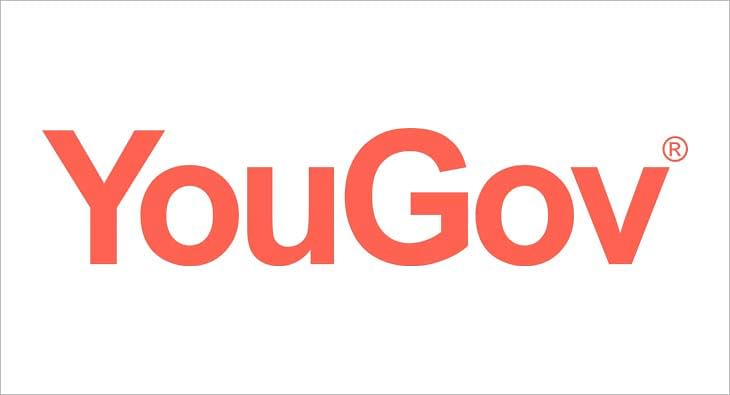
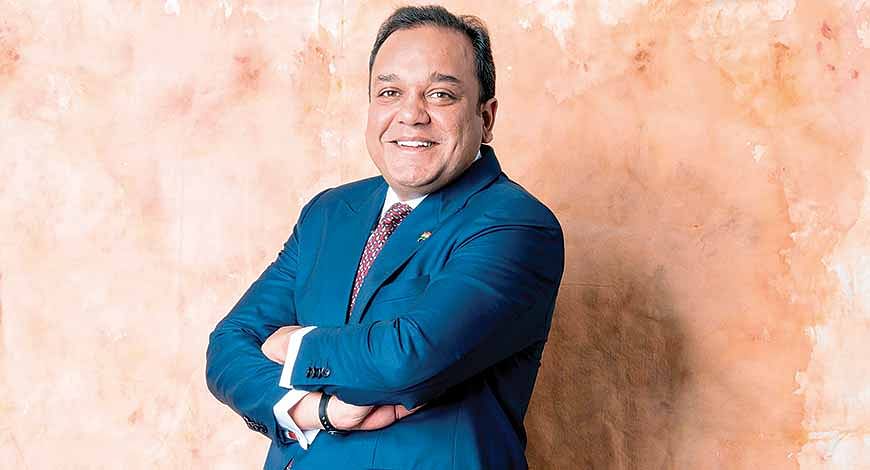
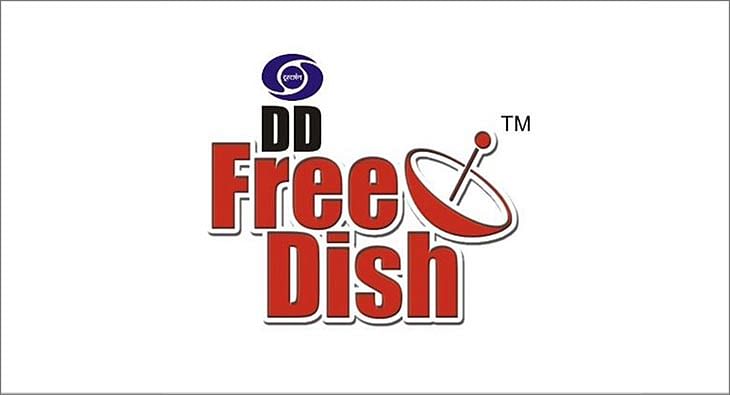







 Share
Share